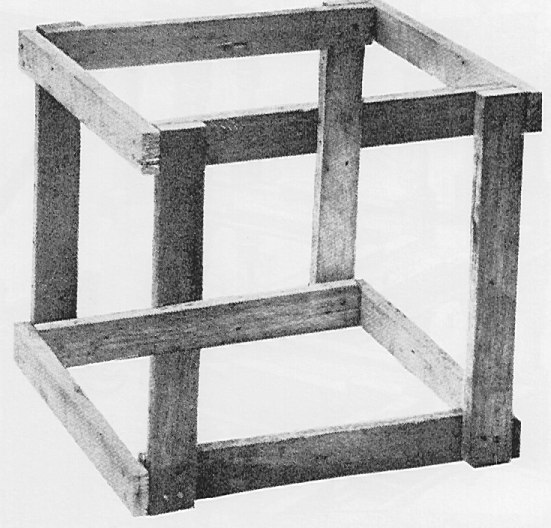i. Eyewitness
Still waiting for my saviour,
storms tear me limb from limb;
my fingers feel like seaweed...
I'm so far out I'm too far in.
I am a lonely man...my solitude is true
my eyes have borne stark witness
and now my knights are numbered too.
I've
seen the smiles on dead hands--
the stars shine, but they're not for me.
I prophesy disaster and then I count the cost....
I shine but, shining, dying,
I know that I am almost lost.
On the table lies blank paper/my tower is built on stone/
I only have blunt scissors/I only have the bluntest home...
I've been the witness, and the seal of death
lingers in the molten wax that is my head.
When you see the skeletons of sailing-ship spars sinking low
You'll begin to wonder if the points of all the ancient myths
are solemnly directed straight at
you...
ii. Pictures/Lighthouse
(Eddies/rocks/ships/collision/remorse.)
iii. Eyewitness
No time now for contrition:
the time for that's long past.
The walls are thin as tissue
and if I talk I'll crack the glass.
So I only think on how it might have been,
locked in silent monologue, in silent scream
Anyway, I'm much too tired to speak
and, as the waves crash on the bleak
stones of the tower, I start to freak....
...and find that I am overcome...
iv. S.H.M.
'Unreal, unreal!' ghost helmsmen scream
and fall in through the sky,
not breaking through my seagull shrieks...
no breaks until I die:
the spectres scratch on window-slits--
hollowed faces, mindless grins
only intent on destroying what they've lost.
I craw the wall till steepness ends in the vertical fall;
my pail has sailed into the sea: no joking hopes at dawn.
White bone shine in the iron-jaw mask
lost mastheads pierce the freezing dark
and parallel my isolated tower....
no paraffin for the
flame
no harbour left to gain
v. The Presence of the Night/Kosmos Tours
'Alone, alone,' the ghosts all call,
pinpoint me in the light.
The only life I feel at all
is the presence of the night.
Would you cry if I died?
Would you cry if I died?
Would you catch the final words of mine?
Would you catch my words?
I know that there's no time
I know that there's no rhyme...
false signs find me
I don't want to hate,
I just want to grow;
why can't I let me
live and be free?..but I die very slowly alone.
I know no more ways,
I am so afraid,
myself won't let me
just be myself and so I am completely alone....
The maelstrom of my memory
is a vampire and it feeds on me
now, staggering madly, over the brink I
fall.
vi. (Custard's) Last Stand
Lighthouses might house the key
but can I reach the door?
I want to walk on the sea
so that I may better find ashore...
but how can I ever keep my feet dry?
I scan the horizon
I must keep my eyes on all parts of me.
Looking back on the years
it seems that I have lost
the way:
Like a dog in the night, I have run to a manger
...now I am the stranger I stay in.
All of the grief I have seen
leaves me chasing solitary peace;
but I hold experience in my head....
I'm too close to the light
I don't think I see right, for I blind me....
vii. The Clot Thickens
WHERE is the God that guides my hand?
HOW can the hands of others reach me?
WHEN will I find what I grope for?
WHO is going to teach me?
I am me/me are we/we can't see
any way out of here.
Crashing sea/atrophied history:
Chance has lost my Guinevere....
I don't want to be one wave in the water
But sea will drag me deep
One more haggard DROWNED MAN...
I can see the Lemmings coming, but I know I'm just a man;
Do I join or do I founder? Which can is the best I may?
viii. Land's End (Sineline)/We Go Now
Oceans drifting sideways, I am pulled into the spell;
I feel you around me...I know you well.
Stars slice horizons where the lines stand much too stark;
I feel I am drowning...hands stretch in the dark.
Camps of panoply and majesty, what is Freedom of Choice?
Where do I stand in the pageantry...whose is my voice?
It doesn't feel so very bad now: I think the end is the start.
Begin to feel very glad now:
ALL THINGS ARE A PART
ALL THINGS ARE APART
ALL THINGS ARE A PART.


























































